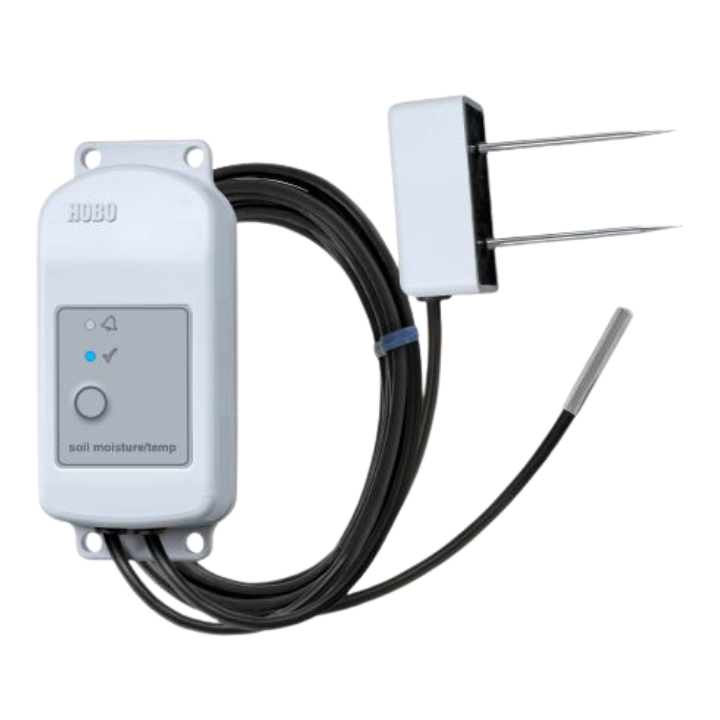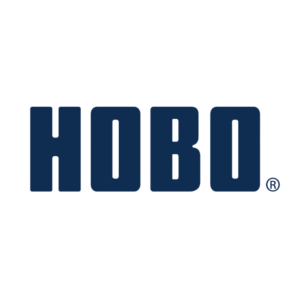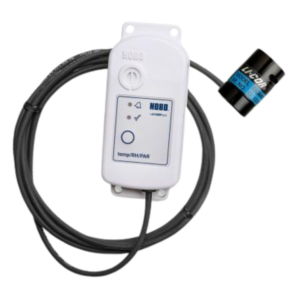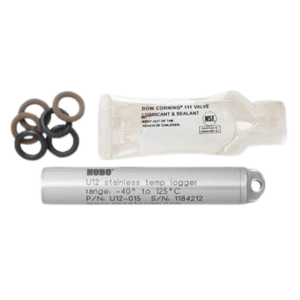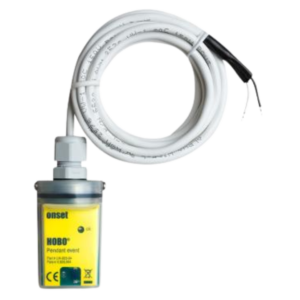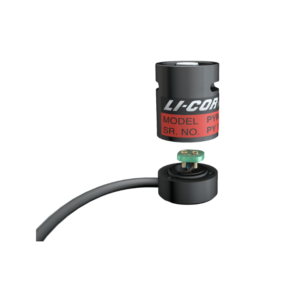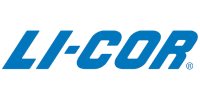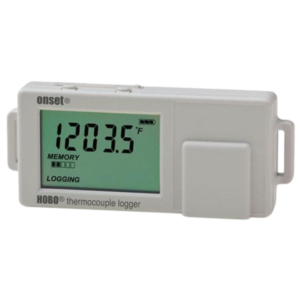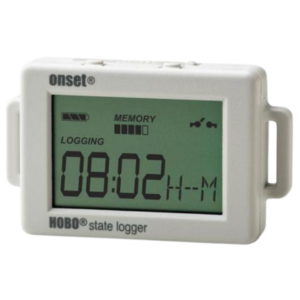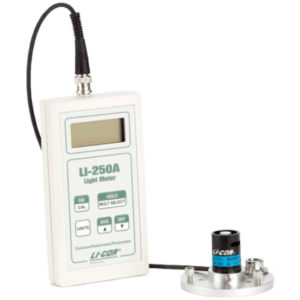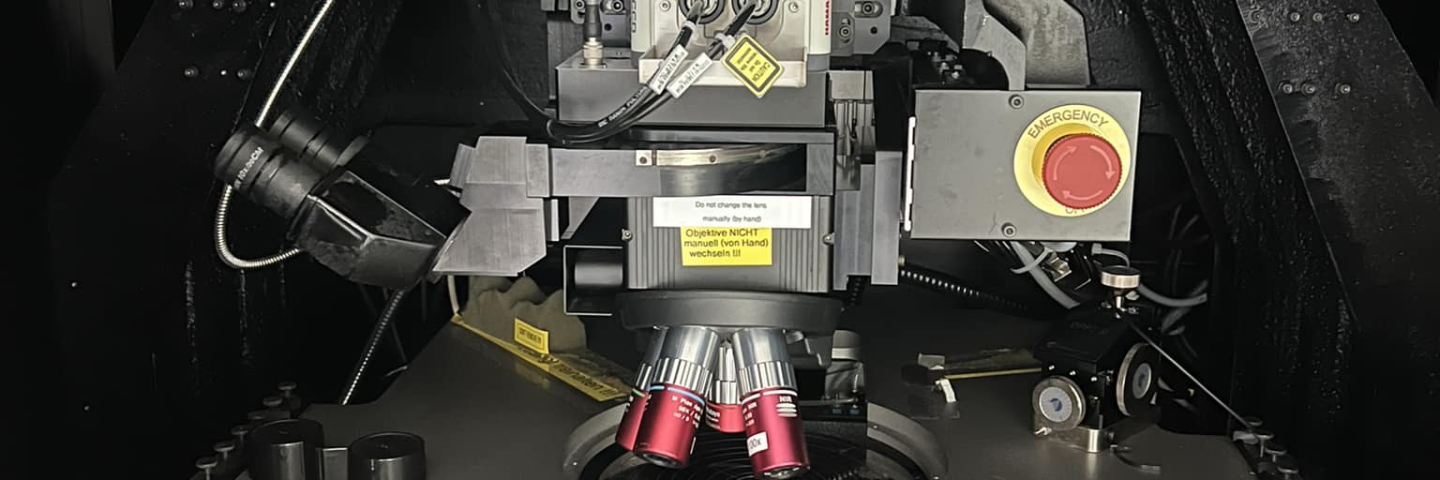HOBO MX Soil Moisture and Temperature Data Logger
Overview
Low-cost, fully integrated soil moisture loggers with Bluetooth wireless data offload. Available in two models – one that measures soil moisture (HOBO MX2306) and one that measures both soil moisture and temperature (HOBO MX2307) – these loggers are ideal for researchers and growers looking for the accurate data they need to save water, improve crop yields, reduce harmful runoff, and protect ecosystems.
With just a mobile phone, tablet, or Windows laptop running Onset’s free HOBOconnect app, users get convenient wireless setup and data download via Bluetooth when within 100 feet of the logger – making it easy to retrieve data from hard-to-access field locations. And for indoor areas, such as greenhouses, users can add the MX Gateway for remote access to data in Onset’s cloud-based HOBOlink software.
HOBO MX Soil Moisture and Temperature Data Logger
Features
- Ready to deploy, with pre-attached sensors
- Easy configuration and data offload with the free HOBOconnect app
- Durable TEROS 10 soil moisture sensor lasts over 10 years in the field
- For use in both mineral soils and soilless media
- Sturdy, sharp stainless-steel spikes for easy installation and better soil contact
- Option to view data in Percent of Field Capacity
HOBO MX Soil Moisture and Temperature Data Logger
Specifications
Soil Moisture: Volumetric Water Content (VWC)
Measurement Range*
0.00 to 0.64 m³/m³ in mineral soils
0.00 to 0.70 m³/m³ in soilless media
Accuracy
±0.031 m³/m³ typical in mineral soils that have solution EC <8 dS/m
±0.051 m³/m³ typical in soilless media
Resolution
0.001 m³/m³
Dielectric Measurement Frequency
70 MHz
Temperature Sensor (MX2307)
Range
-40 to 100°C (-40 to 212°F), with tip and cable immersion in fresh water up to 50°C (122°F) for one year
Accuracy
±0.25°C from -40 to 0°C
±0.45 from -40 to 32°F
±0.2°C from 0 to 70°C
±0.36 from 32 to 158°F
±0.25°C from 70 to 100°C
±0.45 from 158 to 212°F
Resolution
0.04°C
0.072°F
Drift
<0.01°C per year
0.018°F per year
Response Time
3 minutes in air moving 1 m/s; 20 seconds in stirred water
4 minutes in air moving 1 m/s with RS3-B Solar Radiation Shield
Logger
Operating Range
-25° to 60°C
-13° to 140°F
Radio Power
1 mW
0 dBm
Transmission Range
Approximately 30.5 m (100 ft) line-of-sight
Wireless Data Standard
Bluetooth Low Energy (Bluetooth Smart)
Logging Rate
1 second to 18 hours
Logging Modes
Fixed interval (normal, statistics) or burst
Memory Modes
Wrap when full or stop when full
Start Modes
Immediate, push button, date & time, or next interval
Stop Modes
When memory full, push button, date & time, or after a set logging period
Time Accuracy
±1 minute per month 0° to 50°C (32° to 122°F)
Battery Type
2/3 AA 3.6 Volt lithium, user replaceable
Battery Life
2 years, typical with logging interval of 1 minute and Bluetooth Always On enabled; 5 years, typical with logging interval of 1 minute and Bluetooth Always On disabled. Faster logging intervals and statistics sampling intervals, burst logging, remaining connected with the app, excessive downloads, and paging may impact battery life.
Memory
110,000 measurements, maximum (472 kB)
Full Memory Download Time
Approximately 60 seconds; may take longer the further the device is from the logger
Dimensions
Logger housing: 10.8 x 5.08 x 2.24 cm
4.25 x 2.0 x 0.88 in.
Soil moisture sensor: 7.5 x 5.1 x 2.4 cm
2.95 x 2.02 x 0.95 inches
Soil moisture sensor needle length: 5.4 cm (2.13 inches)
Soil moisture sensor needle diameter: 0.32 cm (0.13 inches)
Temperature sensor (MX2307) diameter: 0.53 cm (0.21 in.)
Sensor cable length: 2 m (6.56 ft)
Weight
MX2306: 229 g (80 oz)
MX2307: 267 g (94 oz)
Materials
Logger: Acetal, silicone gasket, stainless steel screws
Soil Moisture Sensor: ASA plastic body with polyurethane epoxy filling and stainless steel pins
Temperature Sensor (MX2307): Stainless steel waterproof tip
Cable: PVC, UV resistant and rodent repellent (soil moisture sensor cable)
Environmental Rating
Temperature sensor and cable (MX2307): Immersion in water up to 50°C (122°F) for 1 year
HOBO MX Soil Moisture and Temperature Data Logger
Notices
*
The sensor data can be post-calibrated if necessary (e.g. the sensor is used in non-mineral soil types or higher than standard accuracy is required). Users can apply a calibration equation to the data exported from the app. The VWC range will depend on the calibration equation.
HOBO MX Soil Moisture and Temperature Data Logger
